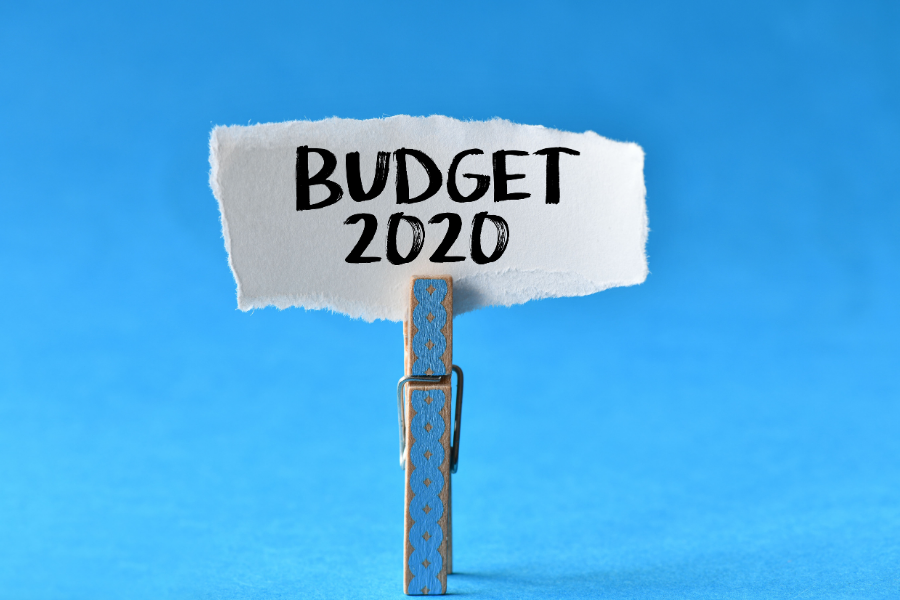The 2020-21 Budget has been billed as one of the most important since the Great Depression after the Covid pandemic dragged Australia into its first recession in almost 30 years. As Treasurer Josh Frydenberg handed down the Budget on Tuesday night it became clear that the focus was on job creation and tax cuts as a way to secure Australia’s economic future.
The Budget is forecast to result in a record deficit peaking at $966 billion (44% of GDP) in 2024. However, thanks to record low interest rates, this comes with only a minimal increase in interest payments.
Here is our summary of the key elements from the 2020/2021 Budget.
Jobs
Jobs – creating jobs and keeping jobs – are the Government’s primary focus.
A new JobMaker Plan will give a credit of $200 per week (for those aged 16-29) or $100 per week (for those aged 30-35) to employers who hire people who have received JobSeeker, Youth Allowance or Parenting Payment for at least one of the three months before they were hired. To be eligible employees must work a minimum of 20 hours per week.
There is also a new JobTrainer fund that will cover half the wages of eligible employers to pay apprentices and trainees up to $28,000 per year. There is no turnover reduction required.
Tax cuts
Tax cuts will play a major role in boosting the economy with the Government to bring forward planned tax cuts and backdate them to 1 July 2020. This will mean more than 11 million Australians will save between $87 and $2745 this financial year. Couples could save up to $5490.
| Marginal Tax Rate (excluding Medicare Levy of 2%) | Previous Taxable Income Thresholds | New Taxable Income Thresholds |
| 0% | $0 – $18,200 | $0 – $18,200 |
| 19% | $18,201 – $37,000 | $18,201 – $45,000 |
| 32.5% | $37,001 – $90,000 | $45,001 – $120,000 |
| 37% | $90,001 – $180,000 | $120,001 – $180,000 |
| 45% | More than $180,000 | More than $180,000 |
Business Owners
Business owners will be able to carry back tax losses from the 2019/20, 2020/21 and 2021/22 financial years to offset previously taxed profits in the 2018/19 or later financial years.
Businesses with a turnover of up to $5 billion will be able to immediately deduct the full cost of eligible depreciable assets of any value in the year they are installed. The full expensing period is available from 7.30pm on 6 October 2020 to 30 June 2022.
Health and Aged Care
Aged care will get a boost with an additional 23,000 home care packages, enabling senior Australians to stay in their homes for as long as possible. This will be welcome news for the 100,000 seniors on the waiting list for these packages.
Funding for mental health and suicide prevention will also be increased by $5.7 billion this year, with a doubling of Medicare-funded places for psychological services.
Superannuation
A new tool called Your Super will allow for the comparison of super funds so members can check their fund’s performance. There will be a stronger focus on reducing fees and costs by increasing transparency and reducing the incidence of individuals with multiple super funds.
Housing and Infrastructure
As part of its job creation strategy, the Government announced $14 billion in new and accelerated infrastructure projects including road, rail and new water infrastructure such as dams and pipelines.
The first home loan deposit scheme will also be extended to an extra 10,000 new or newly built homes in 2020-21. This scheme allows first home owners to buy with a deposit as low as 5% and the Government will guarantee up to 15%.
Social Security
Two tax-free payments of $250 each will be paid to aged pensioners, veterans and eligible concession card holders. The first payment will be made in November 2020 and the second in early 2021.
Most of these changed must be legislated and passed through Parliament before they apply. If any elements of the Budget raise questions or concerns for you, please don’t hesitate to contact our team.

